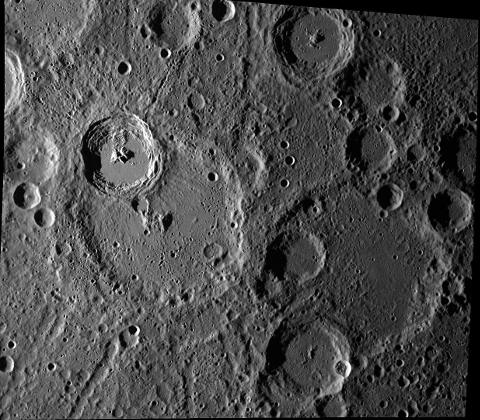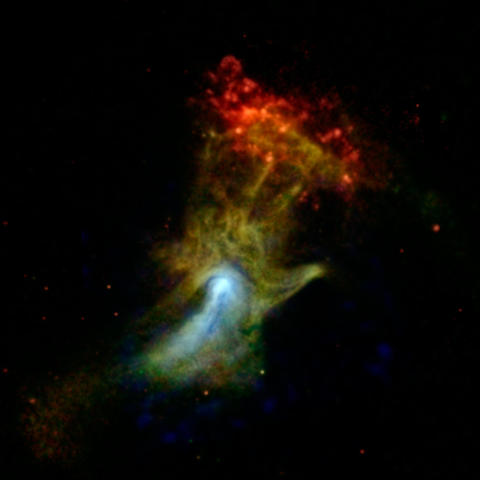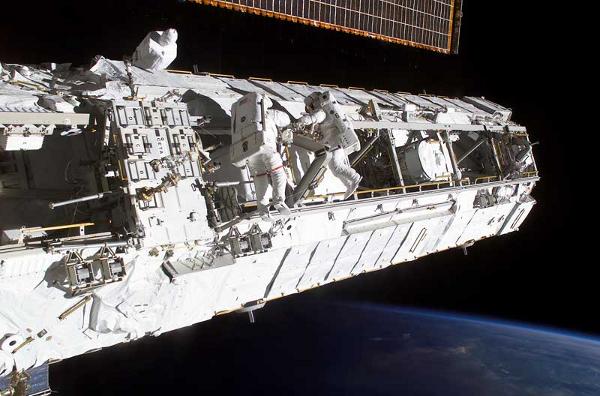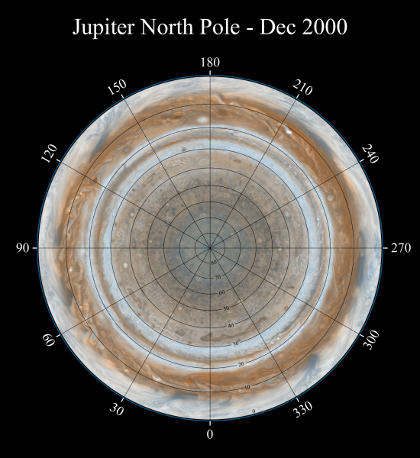Last February we saw a large meteor streak over the Chelyabinsk region of Russia. Reports are now coming in that a similar, massive meteor was seen over the Murmansk region of Northern Russia late at night. The phenomenon is visible about 18 seconds into this video:
There haven’t been any indications of military tests planned for that area, which has borders with Finland and is home to the Russian Navy’s Northern Fleet in Severomorsk. But there aren’t any astronomical details or news reports available either at this time on the nature of this celestial body. So we don’t know if it fully combusted in the atmosphere, landed in the sea or if any damage was done on the ground. Given Russia’s extremely large landmass, it would naturally see more than its share of meteors, meteorites and other similar natural phenomenon. Good thing so many Russians install dashcams and are able to provide these interesting videos.




